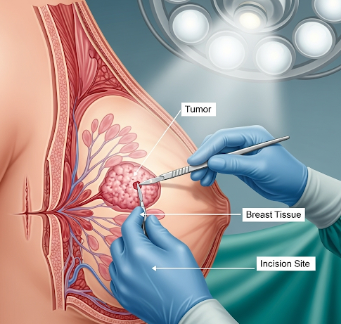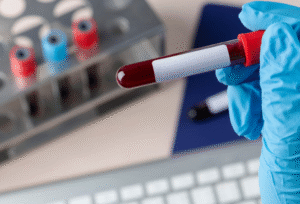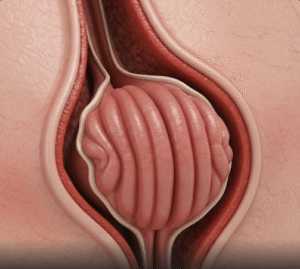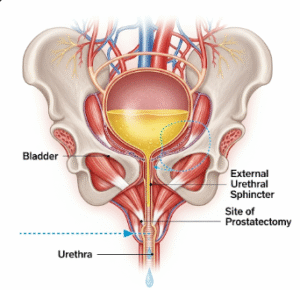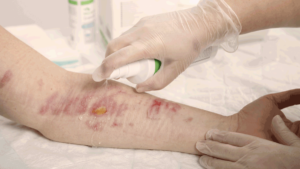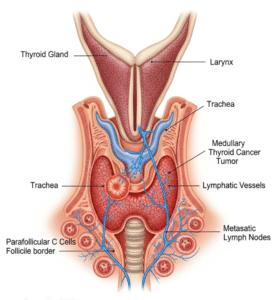Overview
Lumpectomy is a breast-conserving surgical procedure performed to remove a breast lump or tumor while preserving as much healthy breast tissue as possible. It is commonly used for early-stage breast cancer or benign breast lumps.
In Korea, lumpectomy is performed by experienced breast surgeons using advanced techniques such as oncoplastic surgery and minimally invasive approaches, ensuring precise tumor removal, minimal scarring, and excellent cosmetic results.
Highlights:
- ✅ Removes breast lump while conserving breast tissue
- ✅ Minimally invasive with precise tumor excision
- ✅ Commonly used for early-stage breast cancer
What is Lumpectomy?
A Lumpectomy involves surgically excising a tumor along with a margin of healthy tissue to ensure complete removal while maintaining breast shape. Lymph nodes may also be examined to check for cancer spread.
Indications include:
- Early-stage breast cancer (Stage I or II)
- Benign breast lumps causing discomfort or concern
- Pre-cancerous lesions detected on imaging
Important: Lumpectomy aims to balance effective cancer treatment with optimal cosmetic outcomes, often combined with radiation therapy for cancer cases.
What are the benefits?
- Breast conservation: Preserves natural appearance and shape
- Effective treatment: Removes the tumor with adequate margins
- Minimally invasive: Smaller incisions and faster recovery than mastectomy
- Improved quality of life: Shorter hospital stay, less psychological impact
Key benefits highlighted:
- ⚡ Avoids full breast removal
- ⚡ Enables faster recovery
- ⚡ Reduces surgical trauma and scarring
- ⚡ Often combined with oncoplastic techniques for better aesthetics
Procedure Details
1) How should I prepare for Lumpectomy?
- Preoperative consultation: Discuss imaging results, tumor location, and surgical plan
- Medical evaluation: Blood tests, ECG, and general health assessment
- Medication review: Pause blood thinners or other medications as instructed
- Consent and education: Understand risks, benefits, and possible need for lymph node biopsy
- Pre-surgery care: Avoid smoking and maintain a healthy diet for optimal healing
2) What happens during Lumpectomy?
- Anesthesia: General anesthesia administered
- Incision and tumor removal: Small incision made over or near the lump; tumor and surrounding tissue excised
- Lymph node assessment: Sentinel lymph node biopsy may be performed if cancer is suspected
- Closure: Incision closed with sutures or surgical glue; drains may be placed if necessary
Duration: Typically 30–90 minutes depending on tumor size and location
3) What happens after Lumpectomy?
- Recovery monitoring: Vital signs and surgical site observed
- Pain management: Mild discomfort managed with analgesics
- Wound care: Keep incision clean and dry; avoid strenuous activity
- Follow-up care: Pathology results reviewed to determine further treatment such as radiation or chemotherapy
Highlights for post-procedure care:
- ⚡ Monitor for redness, swelling, or discharge at incision site
- ⚡ Attend all follow-up appointments for pathology and treatment planning
- ⚡ Gradually resume normal activities as advised
- ⚡ Report any fever, excessive bleeding, or unusual symptoms immediately
Risks / Benefits
Risks:
- Infection at the surgical site
- Bleeding or hematoma formation
- Changes in breast shape or contour
- Rare complications with anesthesia or lymph node biopsy
Benefits:
- Effective removal of tumor or suspicious lump
- Preserves natural breast appearance
- Minimally invasive with quicker recovery
- Can be combined with radiation for optimal cancer control
Recovery and Outlook
- Hospital stay: Usually outpatient or 1–2 days depending on extent of surgery
- Full recovery: 2–4 weeks for most patients; mild discomfort may persist
- Long-term outlook: Excellent for early-stage breast cancer when combined with adjuvant therapy
- Follow-up: Regular imaging, pathology review, and oncology consultations
Tips for optimal recovery:
- ✅ Maintain wound hygiene and follow care instructions
- ✅ Limit heavy lifting and arm strain for several weeks
- ✅ Monitor for any signs of infection or complications
- ✅ Adhere to additional treatment plans like radiation therapy if prescribed
When To Call the Doctor
- Fever, chills, or signs of infection
- Increased redness, swelling, or discharge at incision site
- Severe pain not relieved by prescribed medications
- Any unusual changes in the breast after surgery
Best Korea Option / Process
Korea offers advanced lumpectomy care:
- Top hospitals: Breast surgery centers with experienced oncologists and plastic surgeons
- Advanced imaging: Preoperative mammography, ultrasound, or MRI for precise tumor localization
- Minimally invasive surgery: Oncoplastic and laparoscopic-assisted lumpectomy options
- Postoperative care: Pain management, wound care, and close follow-up
- International patient support: Online consultations, appointment scheduling, and telemedicine follow-up
Step-by-step process in Korea:
- Online consultation and review of imaging and pathology
- Preoperative evaluation and planning for tumor removal
- Lumpectomy with possible sentinel lymph node biopsy
- Postoperative monitoring, pain management, and wound care
- Follow-up and additional therapy planning for optimal outcomes

